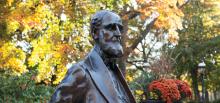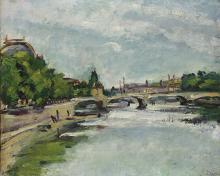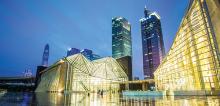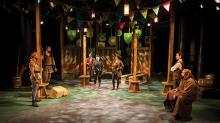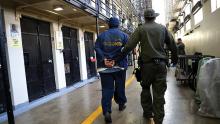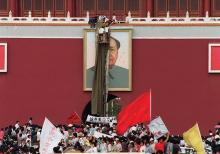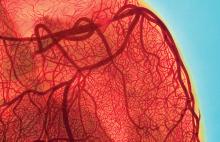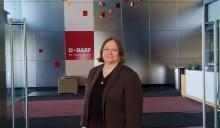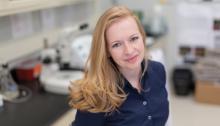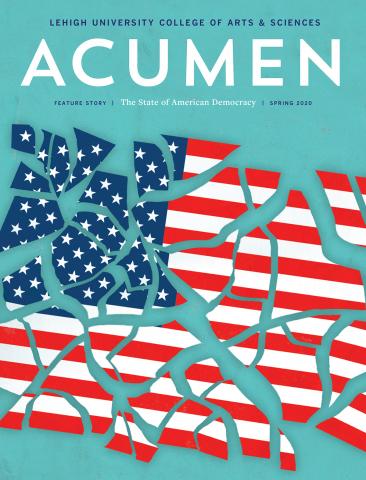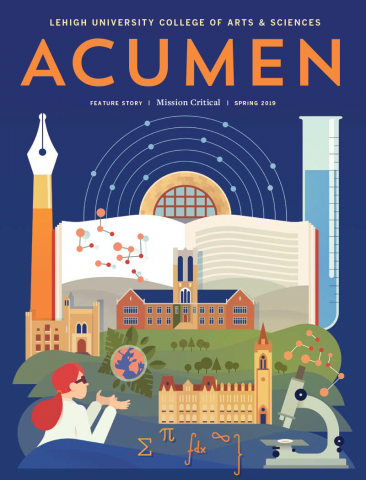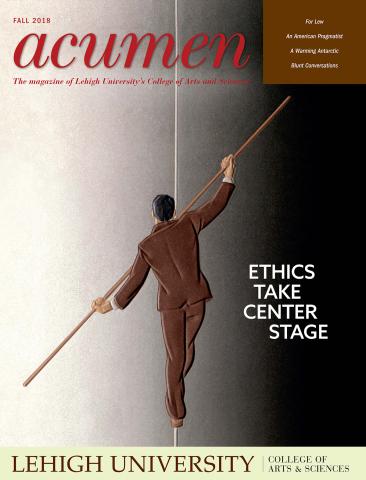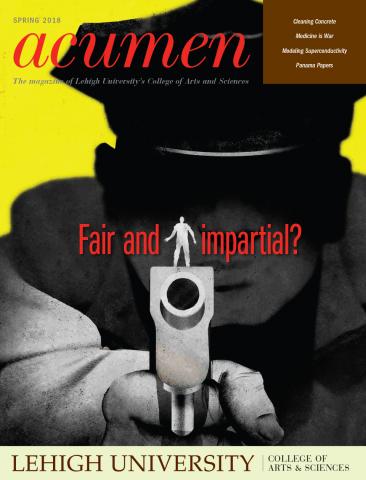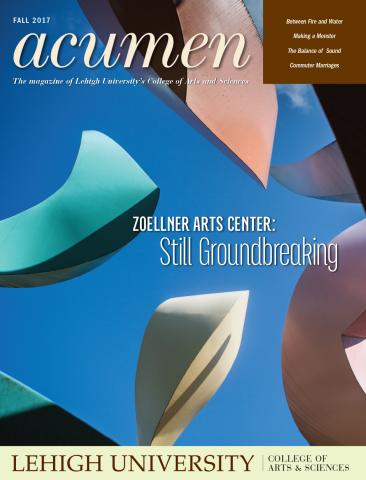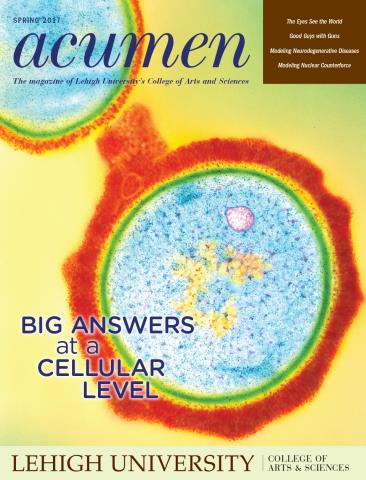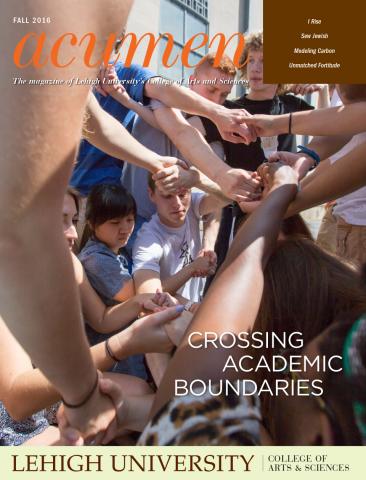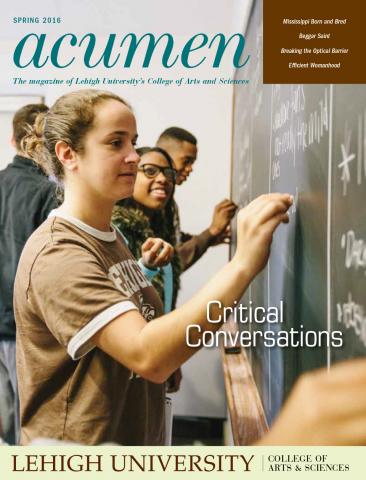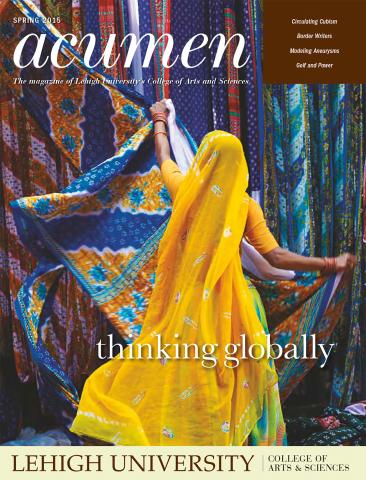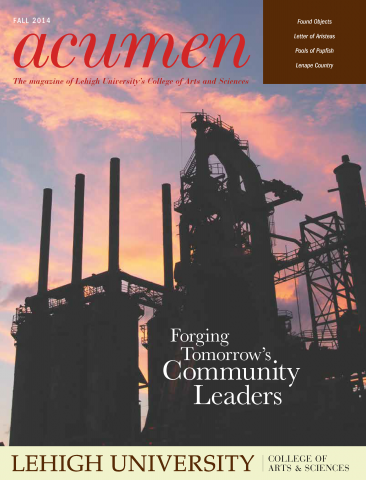
Since 2006, Flux Theatre Ensemble in New York City has been a vibrant effort to create a supportive, inclusive environment for artists. Designer Will Lowry is a creative partner with the ensemble and the newest member of the department of theatre.
Flux Theatre Ensemble produces transformative theatre that explores and awakens the capacity for change. Flux is an ensemble-artist driven company that believes long-term collaboration and rigorous creative development can unite artists and audiences to build a creative home in New York.
The ensemble is a nonprofit organization that has produced 22 productions and countless readings and developmental projects. Flux has a non-hierarchical organization, and creative partners—comprised of artists, playwrights, designers, actors and directors—all have a collective “buy in” regarding the ensemble’s direction.
“We embrace elements of theatre that can transform, in that they can be modular, can be multiple things at once, can co-exist in different realities,” says Lowry, assistant professor of theatre. “It’s finding those moments in a play where significant change happens, the realization of an opportunity, the volition of a character to be an agent for change in their own life or others’ lives. We work as an ensemble because we believe humanity works best as an ensemble. We use this collaboration in aiming to create an equitable, creative home for our artists and audiences.”
Lowry’s background is in scenic, lighting and costume design, and he is currently designing scenery for Marian, Or The True Tale of Robin Hood. It is a collaborative process for him, and he is intimately involved throughout the production process. He typically drafts the theatre architecture in three dimensions so he can get a sense of what the space will provide, then he starts to create rough sketches based on his background research.
“Sometimes it’s a rendering; sometimes it’s a model. Sometimes I quickly lay in tones with a marker and talk with the director about their impression. I use the sketches to start a dialogue with a director to get a sense of what she or he envisions. In our collaboration, it progresses through several phases of sketches to find those common visions, combining and synthesizing elements together. In the case of costumes, it’s about finding a common palette, the silhouette of the characters. With lighting, it’s about interfacing with the ideas of the costume and set designer and supporting and heightening their work on stage.”
Lowry says the experiences garnered from his work in New York have an immediate impact on students at Lehigh.
“Seeing the process makes it so much more tactile than only seeing the result. I can show students images of designs I did for a show, but when I can show research or take students into a space and say, ‘This is my front light system. This is my side light system. I chose to sacrifice a little bit of coverage in this area because I wanted another system later,’ and they can see these choices physically in the space. Theatre is ultimately live. It exists in the moment, then it’s gone. Being able to have opportunities where students can see the developmental progress and talk about that process and result puts us on a common platform for discussion. The students are actively part of the conversation.”

